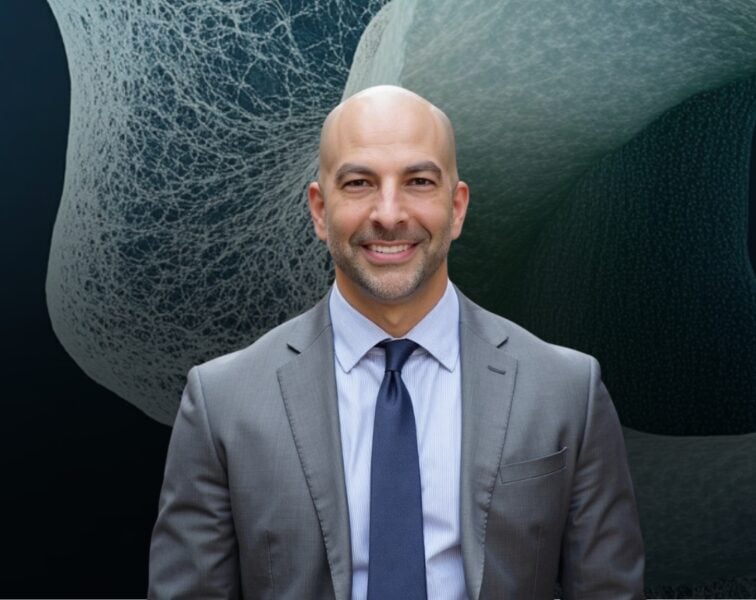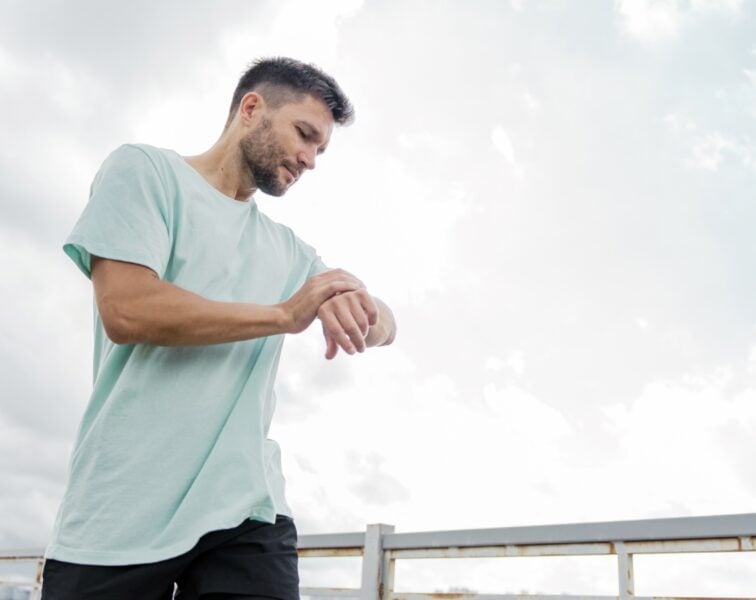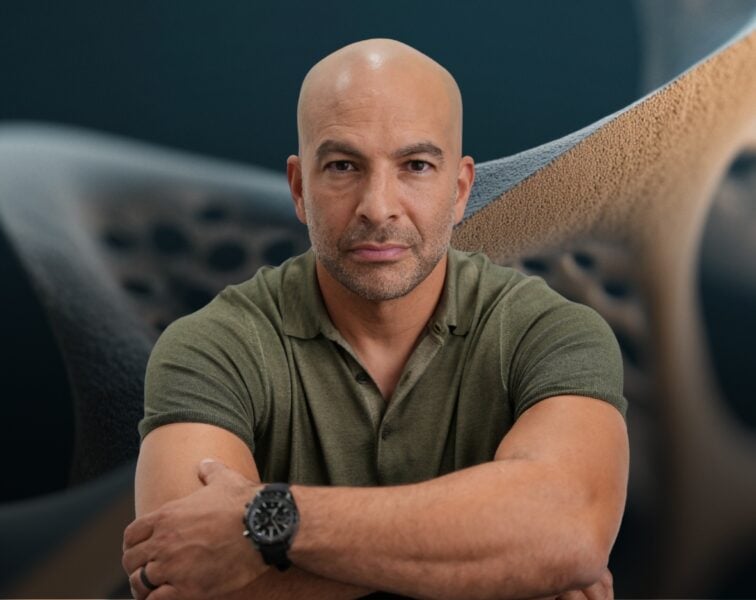Belinda Beck, founder of The Bone Clinic and a leading authority on exercise physiology and bone health, delves into the science of osteoporosis, bone density, and the lifelong importance of maintaining skeletal health. In this episode, she explains how the foundation for strong bones is established during childhood, offering valuable advice for parents on optimizing bone health for their kids. She also explores how bone remodeling occurs throughout life, driven by activity, nutrition, and hormones. Belinda highlights the power of resistance training in improving bone strength, even for those at risk of bone loss, and emphasizes the role of essential vitamins and minerals in maintaining bone health. She shares practical strategies, backed by research, for preventing fractures and combating osteoporosis.
Subscribe on: APPLE PODCASTS | RSS | GOOGLE | OVERCAST | STITCHER
We discuss:
- Belinda’s journey into bone health research and training [2:45];
- The physiology of bone, and how bones adapt to mechanical loading [8:15];
- Bone development from birth to adulthood, why early life is a crucial period, the functions of osteoblasts and osteoclasts, and gender differences in BMD [14:00];
- How parents can optimize their children’s bone health through diet (calcium and vitamin D), sunlight exposure, and physical activity [27:30];
- The best sports and activities for promoting bone health, weight training for kids, and advice for parents [36:30];
- The impact of corticosteroid use on bone health in children and strategies to minimize the negative effects [48:30];
- Advice for people in middle age to preserve bone density: physical activity and bone-loading exercises [52:00];
- Bone loss during the menopause transition for women: hormone replacement therapy and other strategies to mitigate BMD losses [59:30];
- Interpreting the bone mineral density results from a DEXA scan: T-score, Z-score, and more [1:03:00];
- The LIFTMOR study: testing the effects of heavy weightlifting on bone health in postmenopausal women with low bone density [1:10:15];
- Profound benefits of weight training outside of BMD improvements: exploring the broader impacts on patients in the LIFTMOR study [1:19:30];
- Guidance for people wanting to use exercise designed to improve their bone health [1:29:30]; and
- More.
Get Peter’s expertise in your inbox 100% free.
Sign up to receive An Introductory Guide to Longevity by Peter Attia, weekly longevity-focused articles, and new podcast announcements.
Belinda’s journey into bone health research and training [2:45]
- Belinda was a runner and field hockey player, and she constantly suffered from sore shins and nobody could help her
- Or tell her why she was getting them, much less how to prevent them or make them better
- In high school she knew she wanted to find out what was going on, and that’s where her research started
- In her Master’s she looked at tibial stress injuries: it became clear very, very early that this is a bone injury
- This is not what everybody was saying: 2 hours posterior pulling on the border of that was all bunkum
- That set her down the path of figuring out what are the mechanical signals that stimulate bone to adapt to mechanical loading, pursuit of Wolff’s Law
- Why does a change in mechanical loading cause the bone to change shape in this amazing way?
- As soon as she discovered bone did that, she was hooked (it’s an incredible tissue)
- She did an animal study for her PhD and quickly realized that that was not something she wanted to do for the rest of her life because it involved killing animals constantly
- She went to Stanford and did a postdoc and that’s where she learned about clinical trials
She realized that osteoporosis is the greatest burden when it comes to bone problems
“Being an exercise head, that’s something that I wanted to figure out ‒ exactly what was the ideal exercise program to assist people living with osteoporosis.”‒ Belinda Beck
- Before the podcast, Peter figured out that they overlapped at Stanford for the entire 3 years of her postdoc (he was in medical school)
Belinda’s clinical practice and research
- She is not a clinician
- She’s an exercise physiologist and she’s never had a personal clinical load
- Although exercise physiology is one of the allied health professions in Australia
- She came back to Australia to an academic position and has been teaching anatomy her whole professional career, but also continued bone research
- She’s a professor at Griffith University on the Gold Coast in Queensland
Her career triangulated onto this question: there must be a way to load people who have osteoporosis in such a way that they can grow bone because everybody had been saying we couldn’t do that because their bones were so fragile
- She’ll come back to the actual trials
- She realized, “The nature of the exercise was not really safe for just anybody. And it needed to be applied in a certain way and very specifically. And it needed to be applied by somebody who really knew what they were doing because this is not a program that should be done unsupervised if you’re at high risk of fracture. And the only way to do that was to implement it in a clinic.”
- Now, it’s hard enough to convince doctors who’ve been telling osteoporotic patients for years that they should not lift anything heavy
- But to tell somebody in a clinic to start doing this exercise, she knew that was never going to happen
- This is why she set up The Bone Clinic
- It’s a clinical and translational research facility where this program is implemented
- Every patient that comes in is a research participant, and they agree to share their data
- They do the same testing as was done in the LIFTMOR trial
Patients at The Bone Clinic
- The initial appointment is 2.5 hours where baseline data is collected
- Then every year thereafter, patients are tested again with the same thing to see if the exercise program works in the real world
- Patients are also advised on things like diet
- This is not a clinical trial as there is no control group
She has gathered an enormous amount of data
The physiology of bone, and how bones adapt to mechanical loading [8:15]
- Peter doesn’t recall getting much of an education on this, but given the ubiquity of osteopenia and osteoporosis, this is important for many physicians
- [Discussed further in AMA #37: Bone health]
A basic way to describe bones is according to their shape
{end of show notes preview}
Would you like access to extensive show notes and references for this podcast (and more)?
Check out this post to see an example of what the substantial show notes look like. Become a member today to get access.

Belinda Beck, Ph.D.
Belinda Beck earned a Bachelor of Human Movement Studies at the University of Queensland. She then attended the University of Oregon where she earned a Master’s in Sports Medicine and Ph.D. in Exercise Physiology. She did her postdoctoral training at Stanford University School of Medicine with Dr. Robert Marcus in the Department of Endocrinology, Gerontology, and Metabolism. Dr. Beck is currently a Professor in the School of Health Sciences & Social Work and member of the Menzies Health Institute Queensland at Griffith University, Gold Coast, Australia and the Director of The Bone Clinic in Brisbane, Australia.
Dr. Beck’s research focuses on the influence of mechanical loading on bone. She has worked for more than 20 years to develop evidence-based, safe and effective management and prevention for osteoporosis, stress fracture, and osteoarthritis. Dr. Beck has authored over 100 scientific papers, and presented almost 200 abstracts at conferences and symposia nationally and internationally. Among these, results of the clinical trials LIFTMOR, LIFOFOR-M, and MEDEX-OP re-established the benchmark of exercise as therapy for osteoporosis and low bone mass. She established the Bone Clinic and ONERO research program to license practitioners in these interventions to prevent osteoporotic fracture. [The Bone Clinic]



